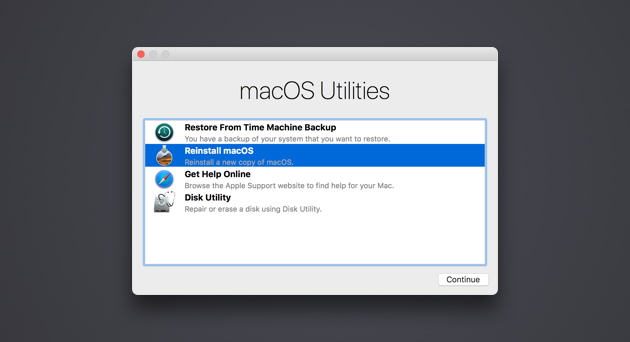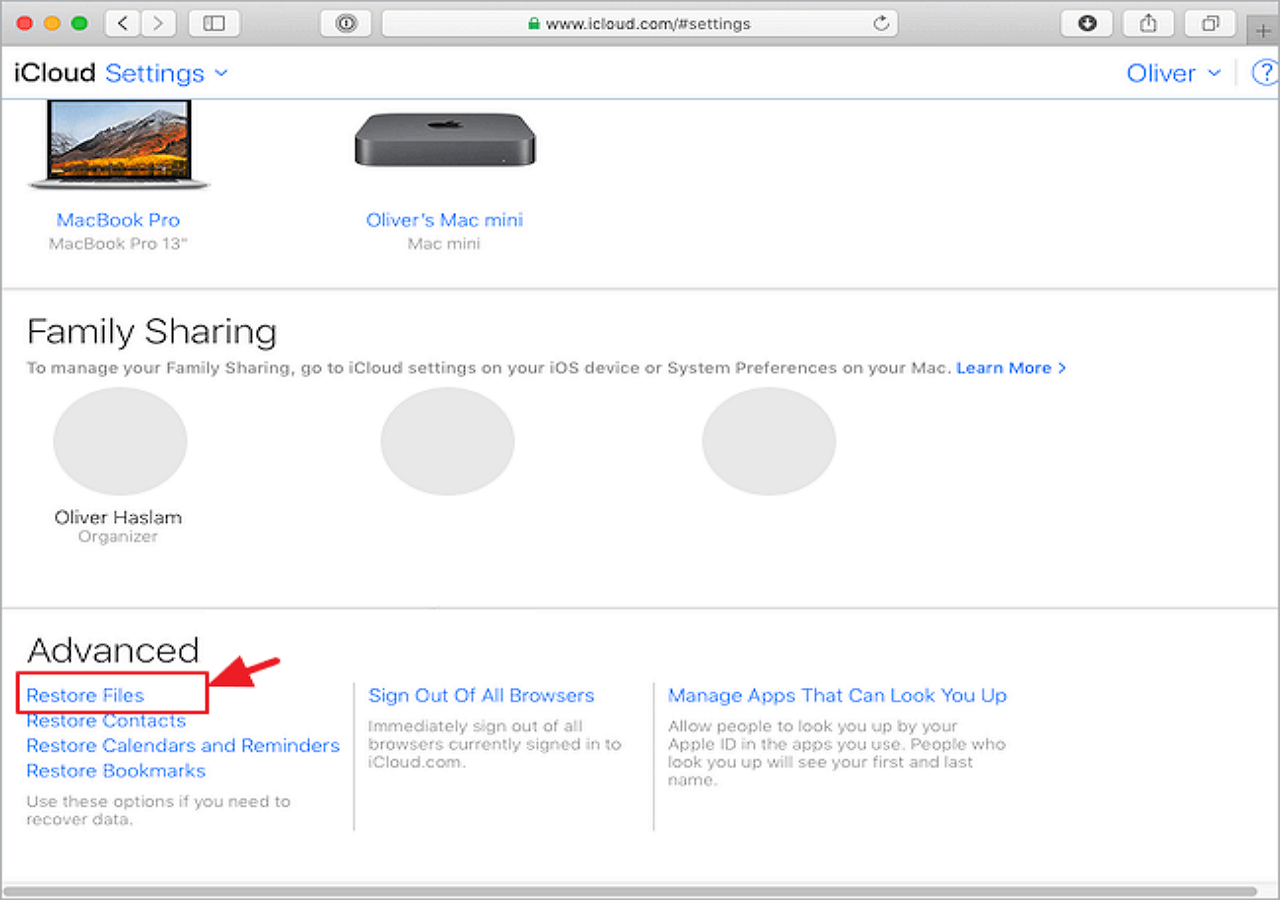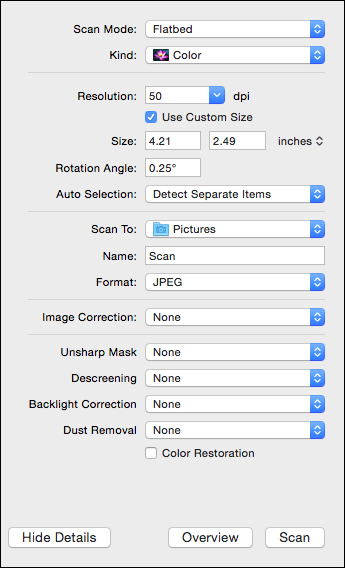

- #MAC OS SCAN IMAGE FOR RESTORE INSTALL#
- #MAC OS SCAN IMAGE FOR RESTORE UPDATE#
- #MAC OS SCAN IMAGE FOR RESTORE FULL#
- #MAC OS SCAN IMAGE FOR RESTORE MAC#
- #MAC OS SCAN IMAGE FOR RESTORE WINDOWS#
How do I install the software for my product if I don't have the CD?

What should I do?Ĭan I select a print resolution by selecting a specific DPI (dots per inch) setting? I can print with a wireless connection on my home network but not on a VPN (virtual private network). How do I print labels in Microsoft Office?
#MAC OS SCAN IMAGE FOR RESTORE WINDOWS#
I was able to print from Windows before with a USB connection, but now I can't. How do I copy a document or photo using my product's control panel? Printing is slow or the printer stops printing when I try to print from Windows or my Mac.
#MAC OS SCAN IMAGE FOR RESTORE MAC#
I was able to print from my Mac before with a USB connection, but now I can't. How do I set up my product for the fastest printing? How do I print a multi-page document from Windows or my Mac so it stacks in the correct page order? Printing or scanning is slow over my wireless connection. How do I set up my product to print only Black or Grayscale from Windows or my Mac?
#MAC OS SCAN IMAGE FOR RESTORE FULL#
Even if you make the container 40gb it will resize to the full drive when you image.How do I print a borderless photo from Windows or my Mac? (iE making a new image of the smaller byte drive), or resize the APFS container before you make the image. The options to fix this are either: image the smaller drove using your image but with SuperDuper! Then make a new image of that with diskutility. However Unless are somehow gaining extra bytes installing Mojave, this wouldn’t make sense here. Even if 2 drives were “256gb” one would have a smaller byte count and fail to image. The only other time I ran into imaging issues were due to fluctuation in drive sizes. Instructions can be found on my previous 10.13 imaging thread:

Perhaps they are fusion drives? (Apple allowed APFS on fusion with Mojave maybe that requires new firmware)
#MAC OS SCAN IMAGE FOR RESTORE UPDATE#
Perhaps yours had a firmware update between 10.13.6 and Mojave that it needs. I hadn’t run into that with 10.13.6 to Mojave but obviously I haven’t imaged every type of machine :). Then we may need to run the OS installer to get to our latest supported it sounds like you need to pull a new firmware and install that first (or as part of the imaging process). If we aren't up to speed, and the machine DOES have the latest OS, then we use shift-opt-cmd-R. If we ARE up to speed, then we do option-cmd-R to boot from the latest internet recovery OS. Then we just make sure the machine doesn't have the latest OS on it (which the users can't install themselves) and we do the same process. The only 'problem' is when we're not up to speed with the current OS release. If it IS in DEP then it gets enrolled and a script will install Jamf Imaging, as well as Pulse Secure and Bomgar so we can remote in if we need to. It'll reboot you have factory apps to install like Adobe or Office, and boot again. If it's not in DEP then create your admin account, copy the Jamf Imaging app to the machine, launch Jamf Imaging, select your OS-less configuration and choose the boot volume (yes, the one you're booted to). Use the recovery partition to blow away the boot volume when you need to reimage. Place APFS Container image in /Configurations (don’t forget to scan image for restore first)Įrase internal drive 0 and make APFS, Restore Container, copy Firstboot files to run Quickadd, install firmware update if nescessary/included, and set startup disk and reboot.īest workflow we've made is to not fight it. Place quickadd.pkg in /Data if you want the machine to Enroll Via Quickadd after reboot. If you do not want to use Quickadd portion of imager simply delete the /Data folder. See my other thread for more info on pulling firmware: Place Firmware package in /Packages if you are imaging machines that are not at least on 10.13! Thumb drive should be HFS+ and restore the HFS+ Partition on the Thumb drive with the Imager image above. (more info on my imager available in the High Sierra thread if you want specifics: )ĭownload DMG and restore to USB Thumb drive. (NOTE: Unlike with High Sierra you DO NOT have to resize the partition first, the image is only as big as your used space)ĭon't forget to scan image for restore! (from Menu - Images - Scan for restore)Ĭlick on Container (not volume) and choose restore and Choose image made originally Unmount APFS Volume under Container of drive you want to make imageįile - New image - from Container (read-only). In Disk Utility Menu - View - Show all devices Some of us have this need, this is one solution! This is not a discussion about why or opinions :). I know that, you know that, do it at your own risk.


 0 kommentar(er)
0 kommentar(er)
